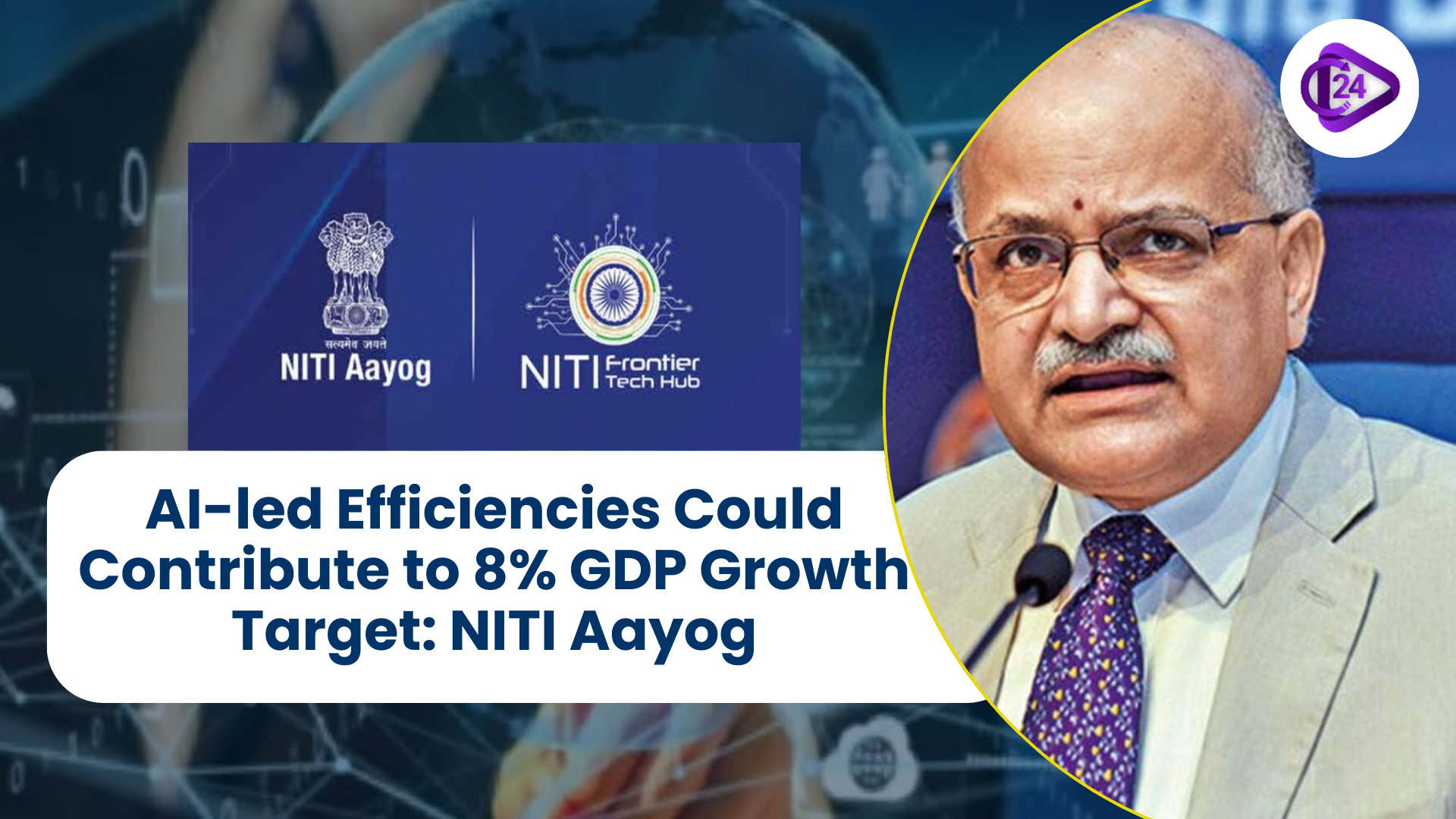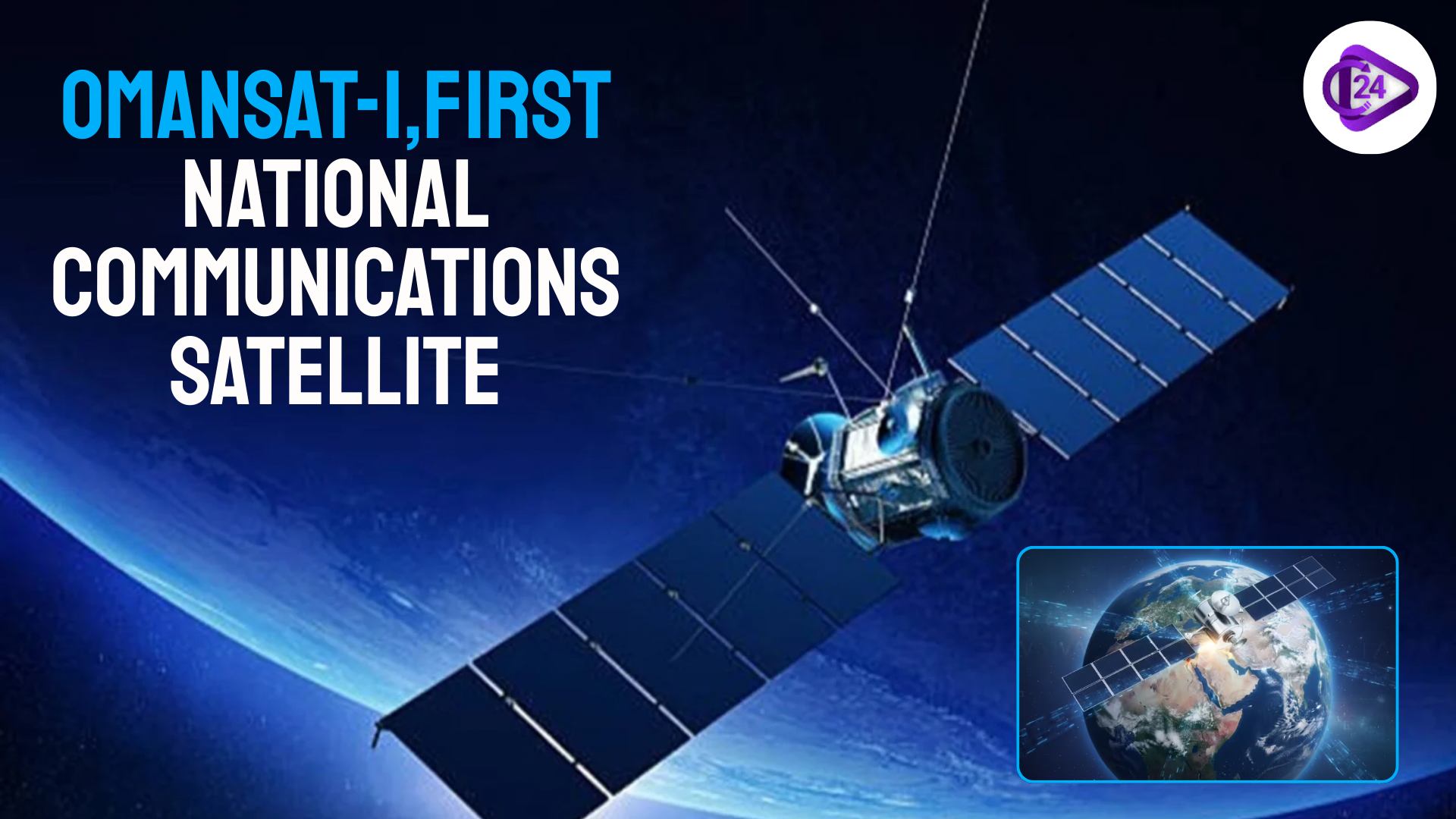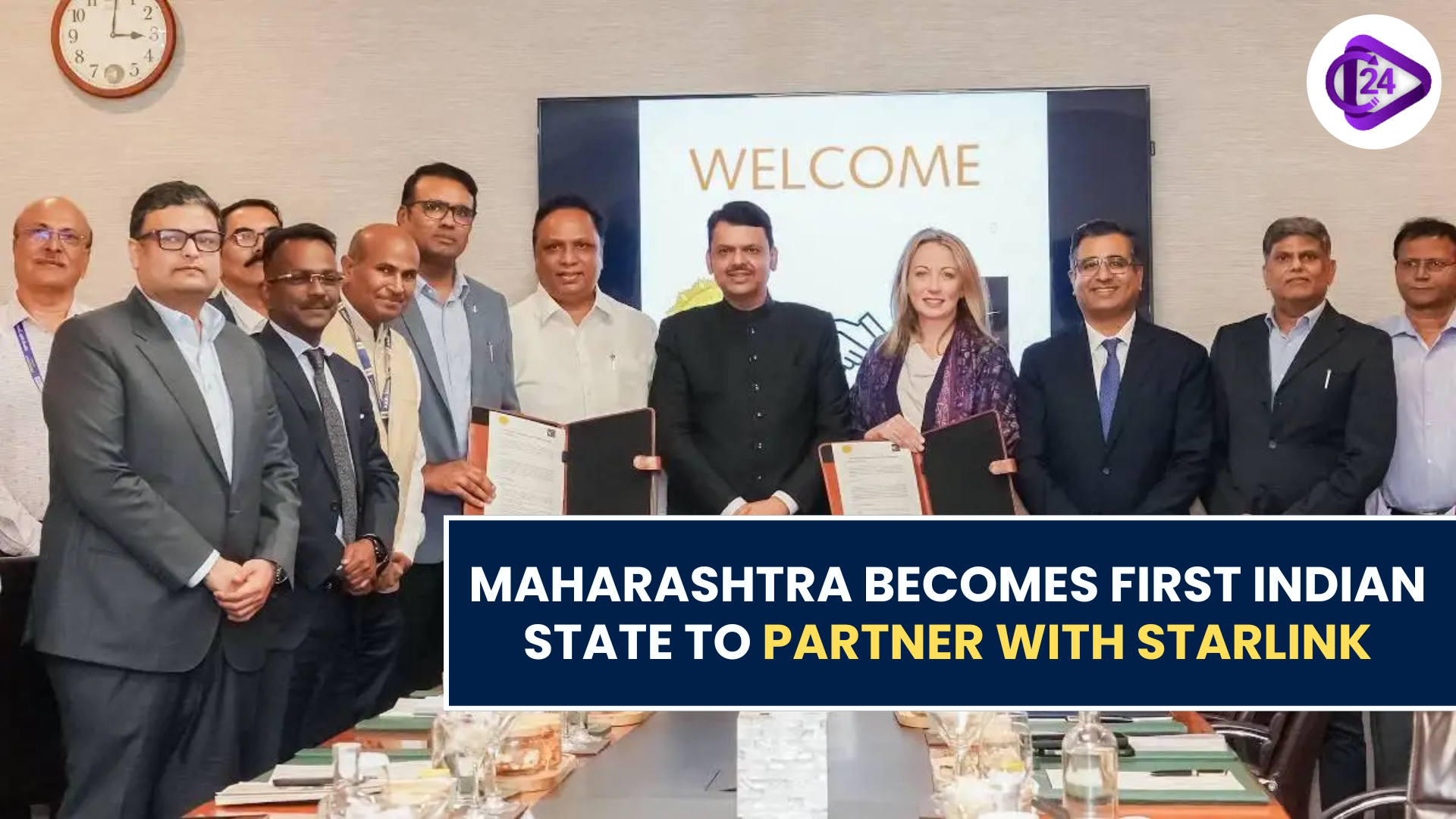
A NITI Aayog report has said that the use of Artificial Intelligence (AI) by industries has the potential to contribute significantly to the achievement of India's 8% per annum GDP growth rate. AI-driven efficiencies can fill 30-35% of the gap in growth by increasing productivity in core sectors such as pharmaceuticals, manufacturing, automobiles, and finance. AI technology has lowered costs and time drastically in industries like pharmaceuticals, creating opportunities globally. The document also focuses on reskilling employees whose jobs are under threat from AI and digital upskilling as crucial for MSMEs and gig workers.
Key Points
Role of AI in Increasing Productivity:
-
Adoption of AI may reduce the difference between the existing growth rate and the desired 8% GDP growth by 30-35%.
-
Industries such as pharmaceuticals, manufacturing, cars, and finance are especially well-suited for AI integration to enhance efficiency and output.
AI Impact on Pharmaceutical Industry:
-
AI is significantly decreasing the time and cost involved in drug manufacturing.
-
In the estimation of McKinsey's Koshir Daka, AI cut 10-fold the cost of making new molecules and in half the time to develop them, presenting India with a big chance to dominate the development of drugs globally.
Skilling the Workforce for AI:
-
The report underscores the importance of reskilling workers whose jobs may be displaced by AI.
-
Recommendations include annual job shift mapping, lifelong learning integration, digital upskilling for MSMEs, and protection for gig and platform workers.
AI’s Global Economic Impact:
-
IT Secretary S. Krishnan emphasized that AI has profound implications not just for India’s economy but for the global economy.
-
India must lead the way in AI innovation and adoption.
AI Impact Summit (2026):
-
The AI Impact Summit in February 2026 will center on how AI can be used to fuel India's growth and innovation, making India a global leader in AI development.
Importance of the Report
-
Economic Growth: The report underlines the catalytic power of AI in greatly contributing to the economic aspirations of India, especially in reaching the ambitious 8% GDP growth rate.
-
Sectoral Growth: AI has the ability to transform different sectors, making efficiencies that would otherwise be impossible, thereby improving overall productivity.
-
Workforce Transformation: The focus on skilling is harmonious with India's wider objective of ensuring that the economic gains from AI are not at the cost of workers but rather create new opportunities for jobs and expansion.
-
Global Leadership: NITI Aayog's urging of India to dominate the world in AI development is also in line with India's intention to place itself at the global cutting edge of technological progress.
Conclusion
The NITI Aayog paper on how AI can be a driver of economic growth highlights that India needs to tap the potential of artificial intelligence to realize its target of 8% GDP growth. By integrating AI in core industries, cutting costs in industry sectors such as pharma, and concentrating on reskilling, India is able to use AI to not just drive its economy but also spearhead the world's discussion on technology. For UPSC, this case illustrates AI adoption, economic growth, workforce skills and India's position in the world's technology.



 PM Modi to Launch Skyroot’s Multi-Launch Vehicle Facility
PM Modi to Launch Skyroot’s Multi-Launch Vehicle Facility OmanSat-1 Oman’s First National Communications Satellite Launched Successfully
OmanSat-1 Oman’s First National Communications Satellite Launched Successfully India’s First Commercial PSLV to Propel Oceansat into Orbit Early Next Year
India’s First Commercial PSLV to Propel Oceansat into Orbit Early Next Year India’s First MWh-Scale Vanadium Redox Flow Battery Inaugurated at NTPC NETRA
India’s First MWh-Scale Vanadium Redox Flow Battery Inaugurated at NTPC NETRA Maharashtra Becomes First Indian State to Collaborate with Elon Musk’s Starlink
Maharashtra Becomes First Indian State to Collaborate with Elon Musk’s Starlink ISRO’s Bahubali Rocket Successfully Launches India’s Heaviest Communication Satellite CMS-03
ISRO’s Bahubali Rocket Successfully Launches India’s Heaviest Communication Satellite CMS-03 IIT Madras Develops India’s First Hybrid-Rocket VTOL for Controlled Soft Landing
IIT Madras Develops India’s First Hybrid-Rocket VTOL for Controlled Soft Landing Google Quantum Technology: Revolutionizing Drug Discovery & Materials Design
Google Quantum Technology: Revolutionizing Drug Discovery & Materials Design India’s GalaxEye Set to Launch Pioneering Multi-Sensor EO Satellite in 2026
India’s GalaxEye Set to Launch Pioneering Multi-Sensor EO Satellite in 2026 World’s 1st Functioning AI-designed Viral Genome
World’s 1st Functioning AI-designed Viral Genome






